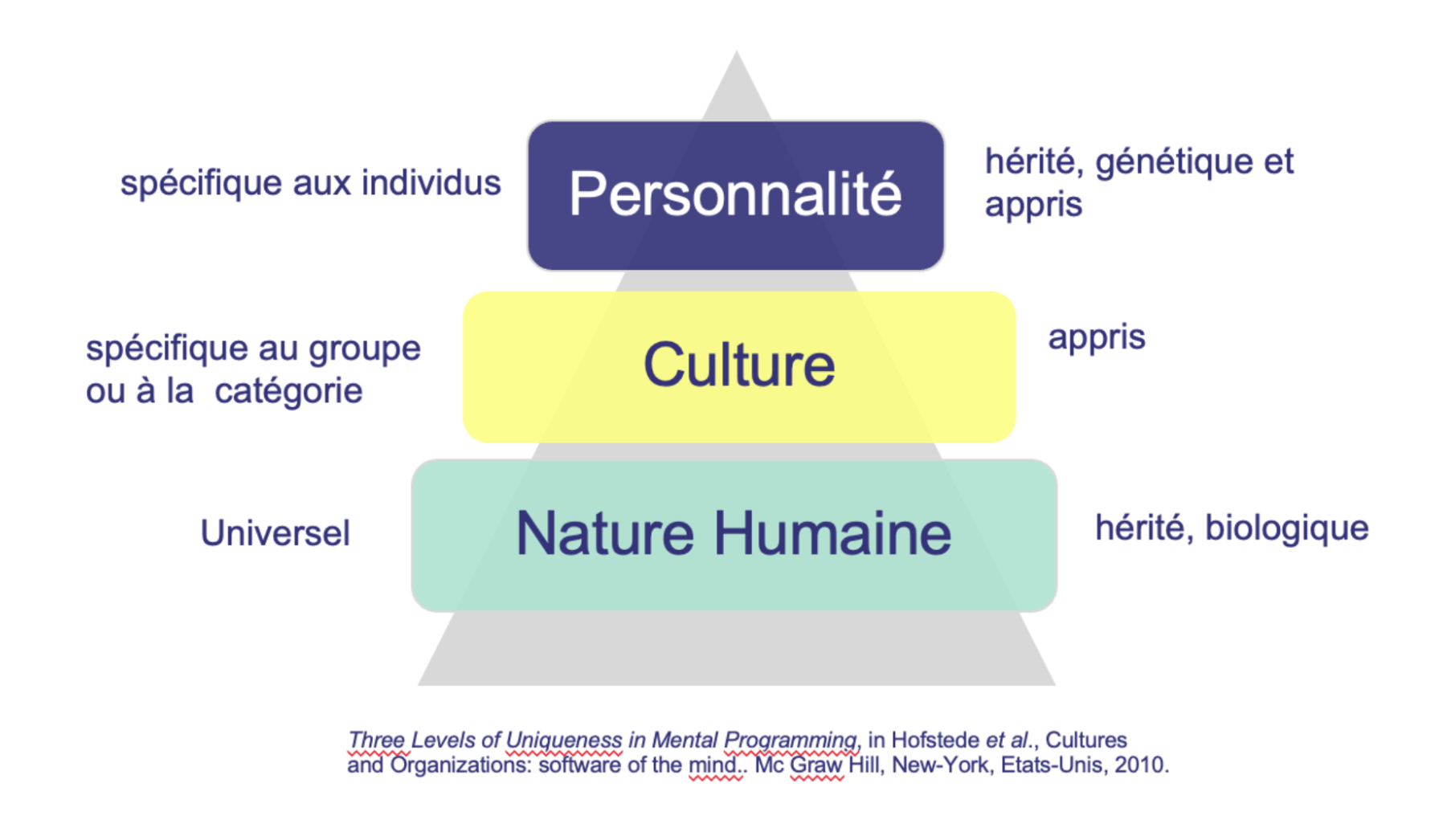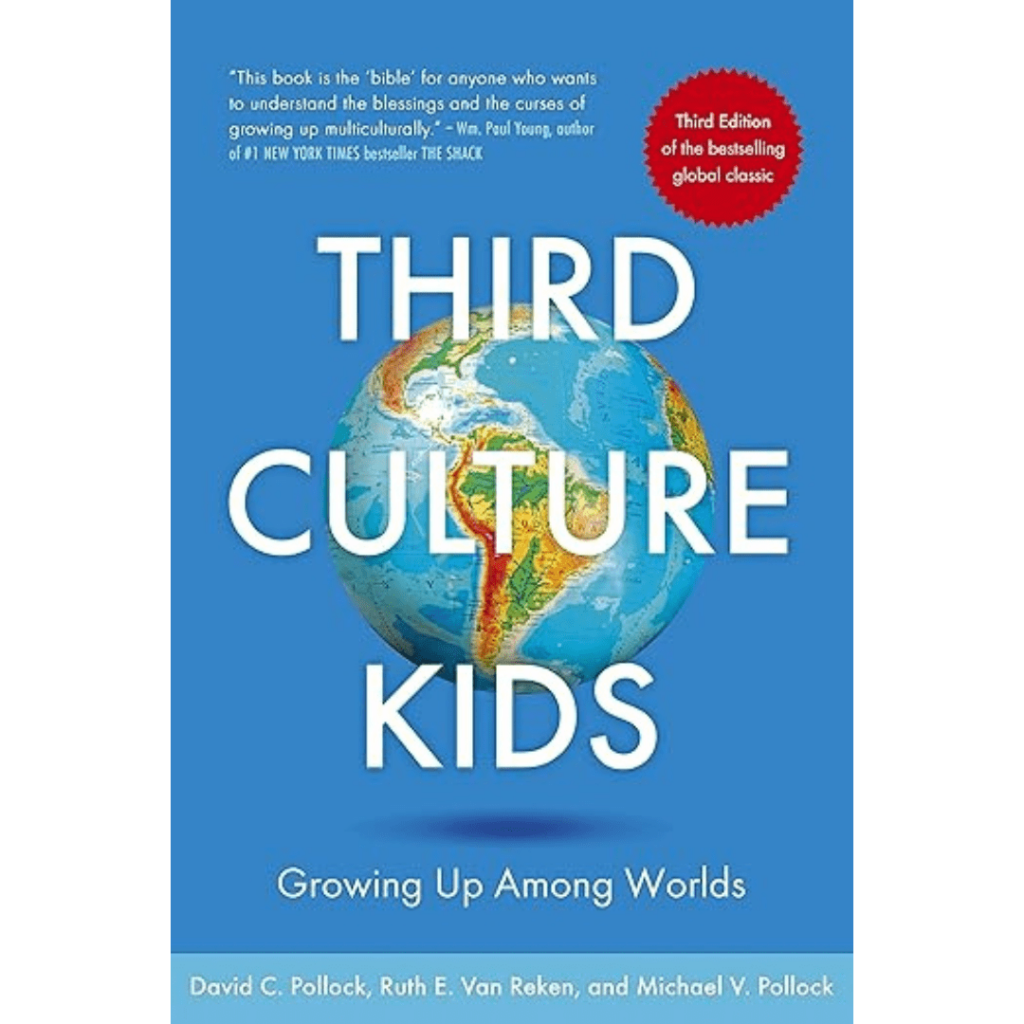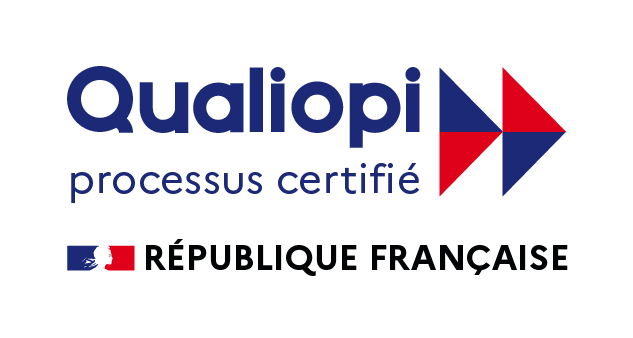In English there is an expression “the world is my oysterliterally “the world is my oyster”. The expression dates back to the 17th century, possibly inherited from William Shakespeare. The idea refers to the fact that, like an oyster, the world can contain pearls, full of opportunities, provided you look for them.
Coaching is booming exponential growth in terms of numbers, but not only. Faced with a world that is both tense and more open, the demand for coaching services in the global marketplace has evolved. The trends in terms of numbers, market differences and cultural variations are worth a closer look.
According to the International Coach Federation (ICF)there are more than 109,200 certified coaches in 160 countries by 2022. The coaching market is expected to grow from $2.9 billion to $4.564 billion between 2019 and 2022, representing a 62% increase. This growth is propelled by increased awareness of the benefits of coaching and growing demand from professionals and companies to improve performance.
Market differences: the rise of coaching worldwide
Market differences in coaching are often influenced by economic, social and cultural factors. For example:
- North America : approximately 40% of coaches work in the United States, where coaching is widely integrated into professional culture. The sector focuses on executive executive and career coaching.
- Europe: coaching is increasingly used in organizations for team and leadership development. leadership development. In Germany and the UK, coaching is often geared towards personal development and mental health support.
- Asia: particularly in countries such as China and India, coaching is booming, often associated associated with traditional practices. Companies are beginning to recognize the importance of personal development for competitiveness in the global marketplace.
- Spanish-speaking countries are somewhere in between, depending on cultural influences and economic development.
Understanding cultural influences on coaching practice
Beyond the market, some Omind coaches address Mexico and Colombia, and the differences in behavior can be so surprising as to make us lose our footing as coaches. The non-judgmental and the low posture can be difficult at times like these. That’s why it’s important to remember that reality is truncated by our filters at all times, and to be prepared.
Cultural differences play a crucial role in the way coaching is perceived and practiced:
- Individualist culture vs. Collectivist culture¹ : in individualistic cultures, such as the USA, coaching is perceived as a means of to improve personal performance. On the other hand, in collectivist cultures (such as Japan), the emphasis may be on harmonization with the group and team development.
- Perception of Failure and Success: In some cultures, coaching may be associated with a need for need for support in times of crisis, while in others it is seen as a proactive proactive means to achieve excellence.
- Attitudes towards authority² : In countries where hierarchy is very strong, as in many Asian cultures, coaching may be perceived differently than in Western cultures where feedback and horizontal communication are encouraged.
The Chamber of Commerce and other organizations such as Business France offer a plethora of training courses: legal differences, procedural differences, and of course cultural differences and their impact on daily life and business. We’re all united because we’re all human, but the diversity of perceived realities takes on a whole new dimension.
Towards coaching without borders: AI at the service of cultural differences
When you’re addressing customers based abroad, or with foreign teams, the potential is multiplied tenfold, but brings its share of pitfalls at every turn. Under these conditions, having a tool facilitates the approach and framing. Indeed, a “robot” is perceived as more objective, and results will be comparable worldwide thanks to AI-generated development programs.
To open up the possibilities in terms of customer propositions and the richness of our interventions, it’s interesting to explore market figures. If languages are a barrier for some, let’s not forget that French is America, Africa and also embassies. In addition, Omind has a community of coaches, some of whom are multilingual who can act as relays. I personally have partners in the US, as we can’t be everywhere.
Finally with Ignition, an online relay can extend your offer to English-speakers and soon to Spanish-speakers, without you needing to speak either.
So which identity GLOB-AI identity do you have (GLOBAL = GLOB Artificial Intelligence)? An identity model to think about 👉

Our selection of books for coaching across borders
Third Culture Kids

The Experience of Growing Up Among Worlds, David C. Pollock
Children who have grown up in several countries and the differences in their constructions. The authors point out that they become members of a culture of synthesis: the 3rd culture that they share only with other nomadic or expatriate children.
The Culture Map

Erin Meyer, Éditions Eyrolles, 2016
A book to decipher the invisible frontiers of intercultural management. Through a series of concrete examples and comparative analyses, Erin Meyer decodes the dynamics that emerge in exchanges between different cultures, from relationships to authority to attitudes to risk and time.
Optimize your team

Patrick Lencioni, Edition Un monde différent
A book that, through a modern fable, makes visible what we’ve all experienced, no matter which end of the globe we’re on. Systemic thinking to cultural differences?
¹ Meyer, Erin. The Culture Map: Deciphering the invisible boundaries of cross-cultural management. Éditions Eyrolles, 2016.
² The Lewis Model of Cultural Types

